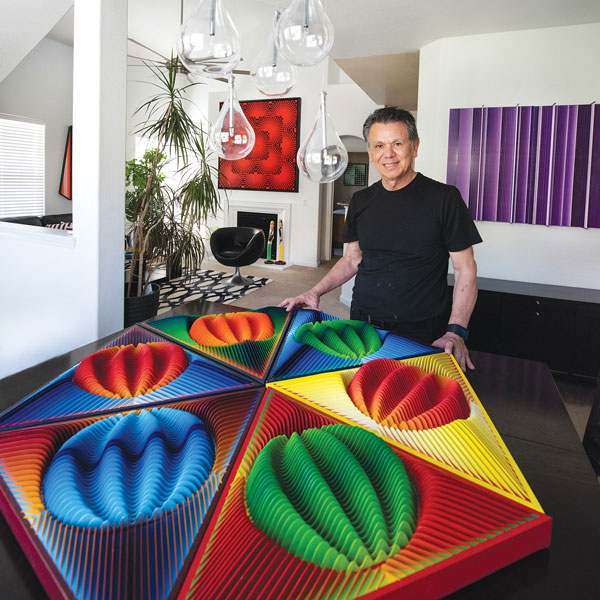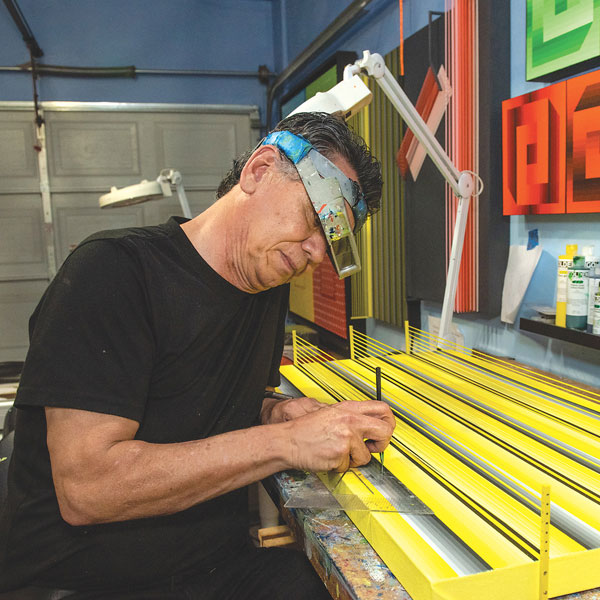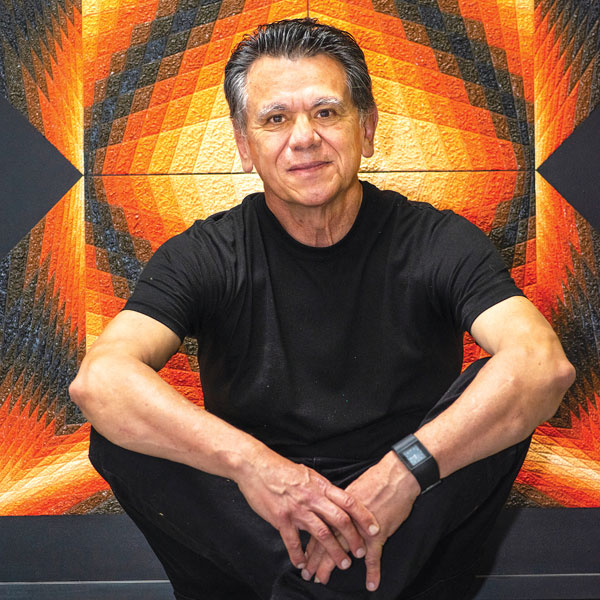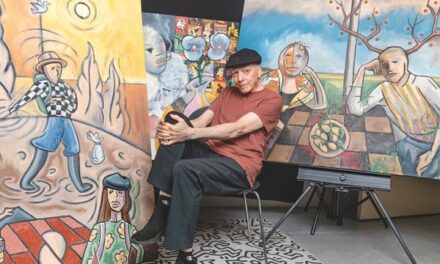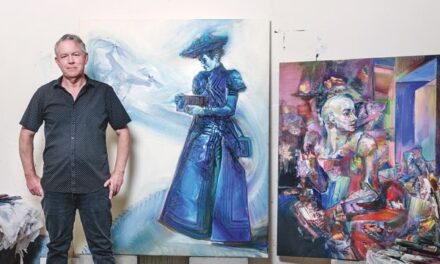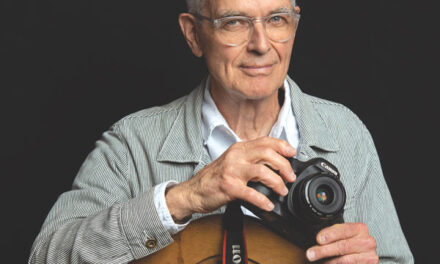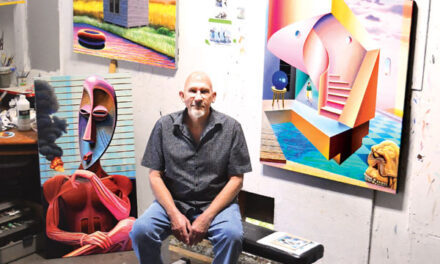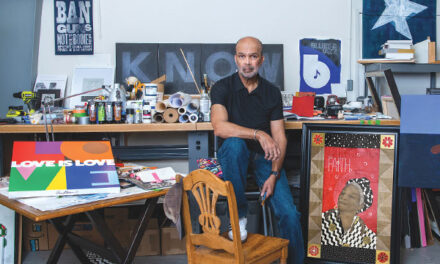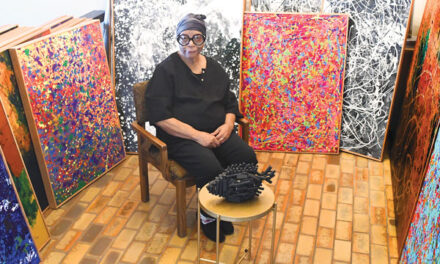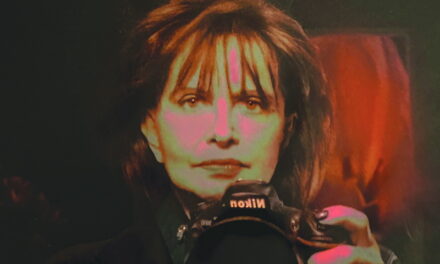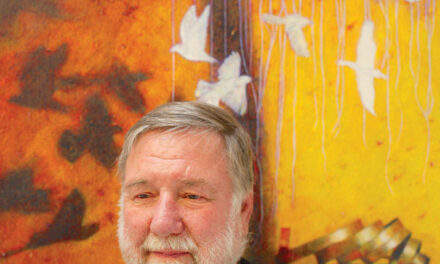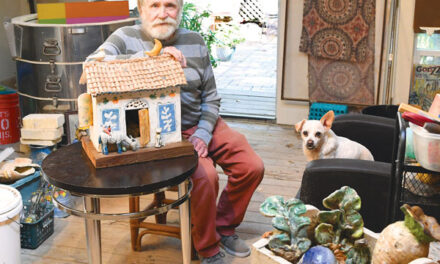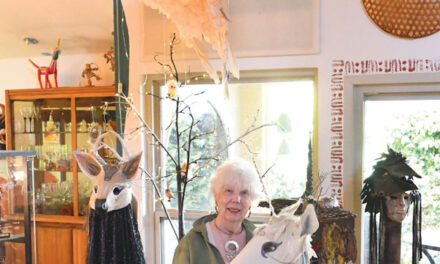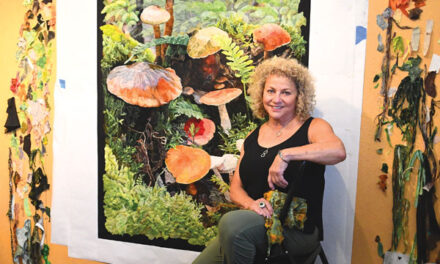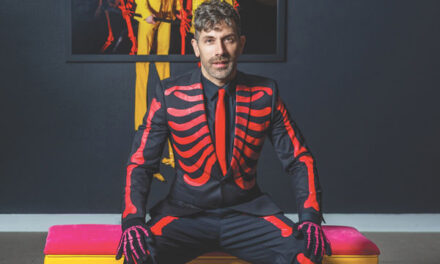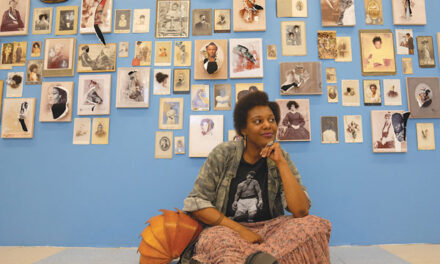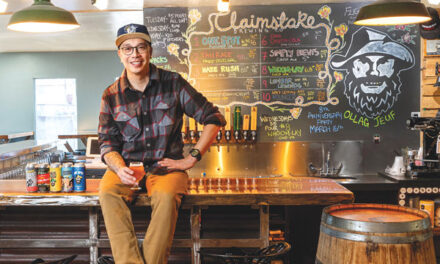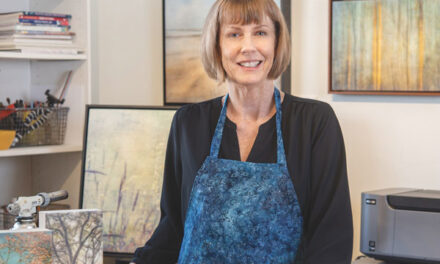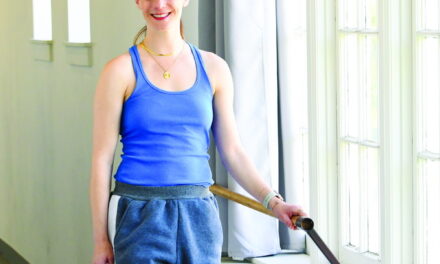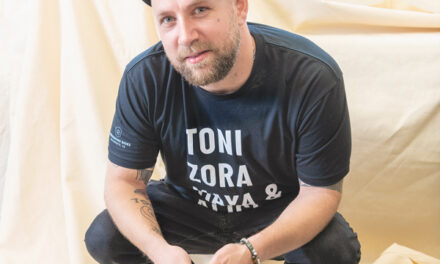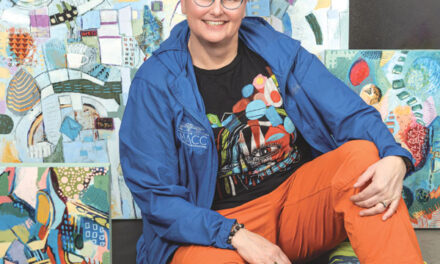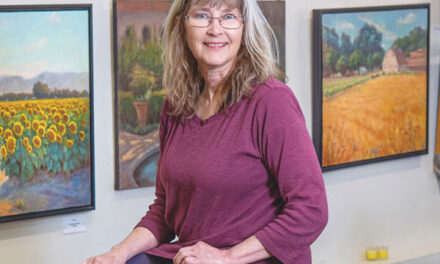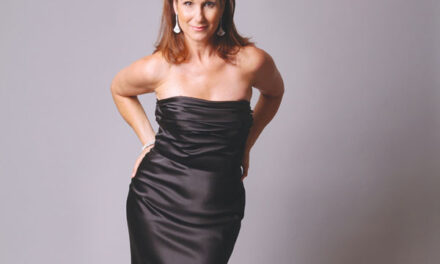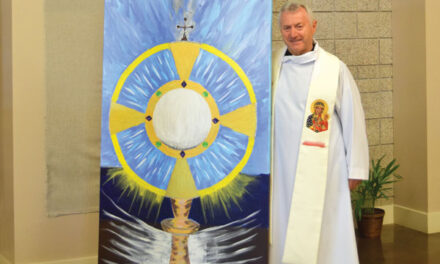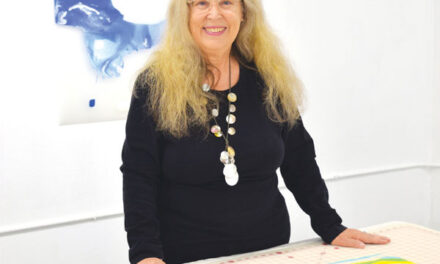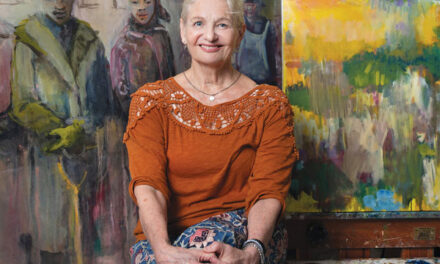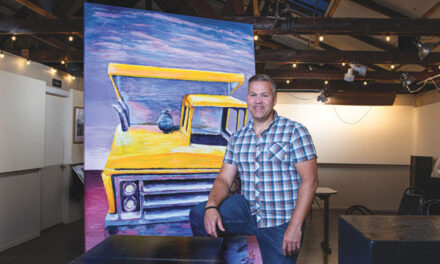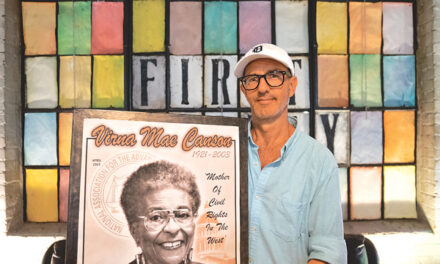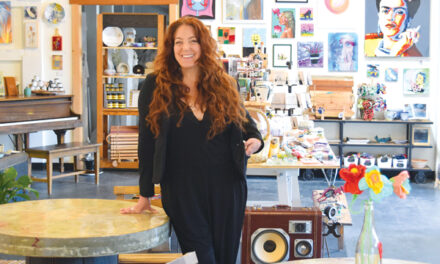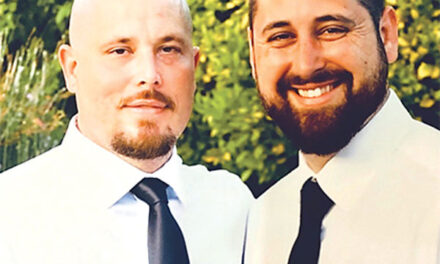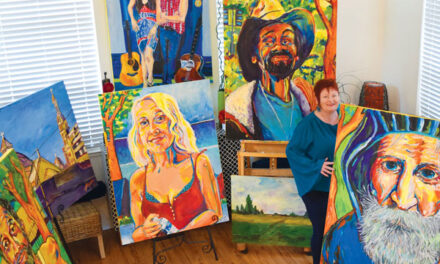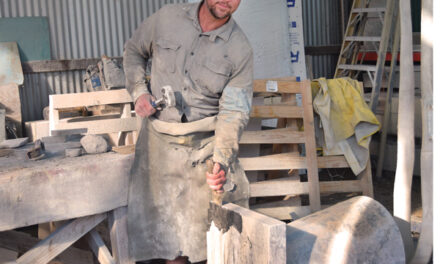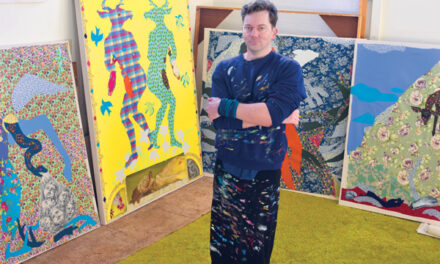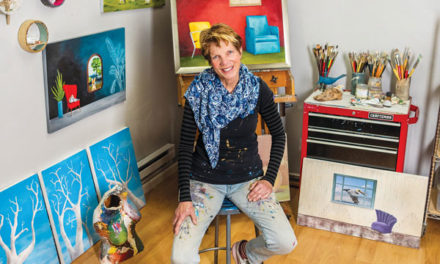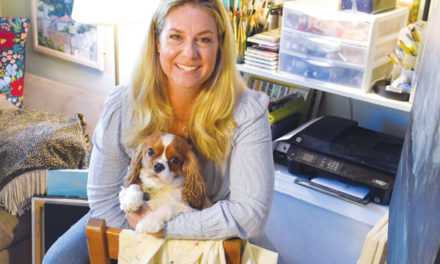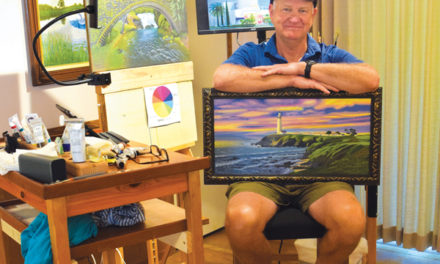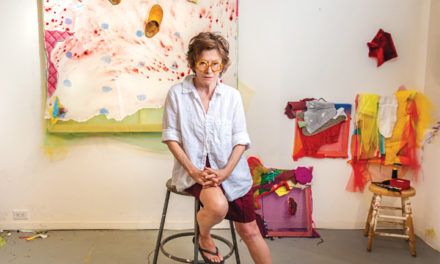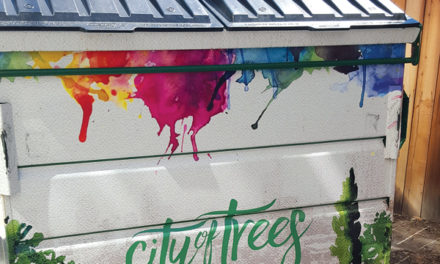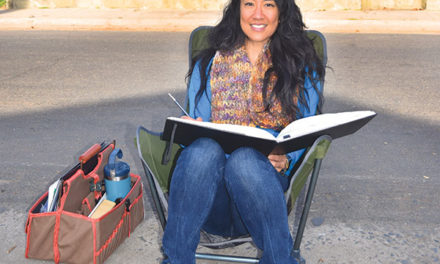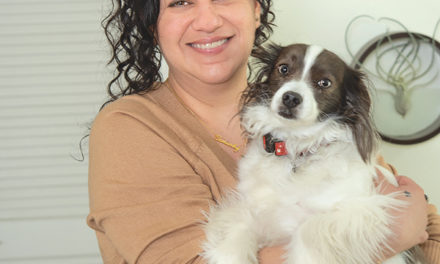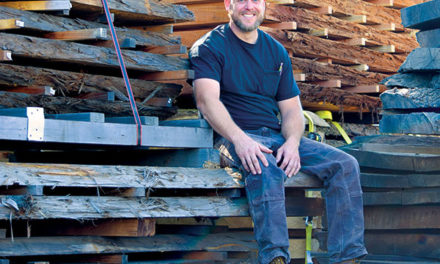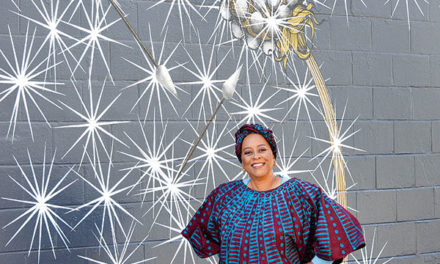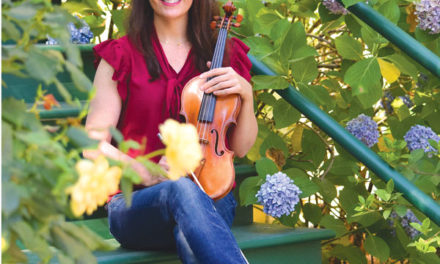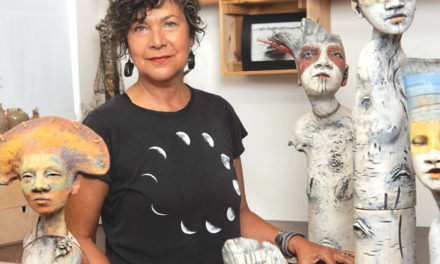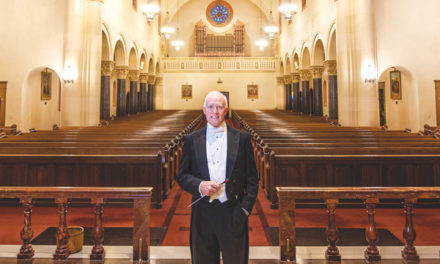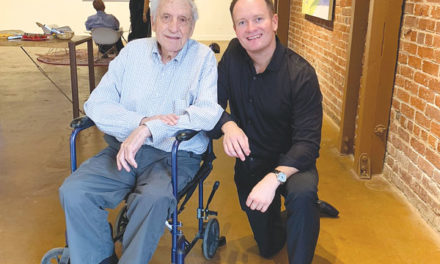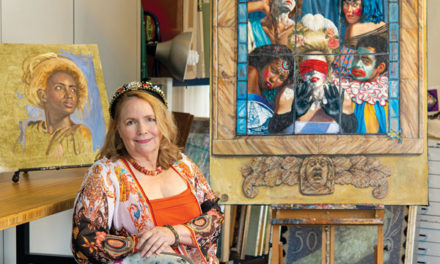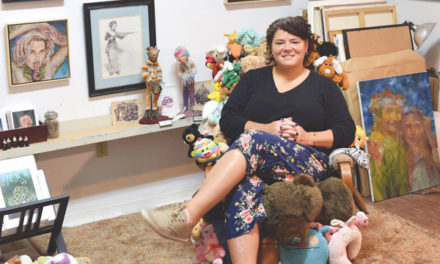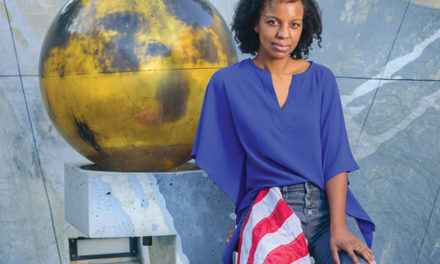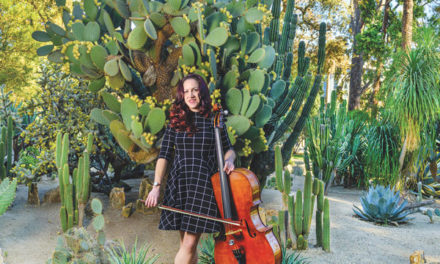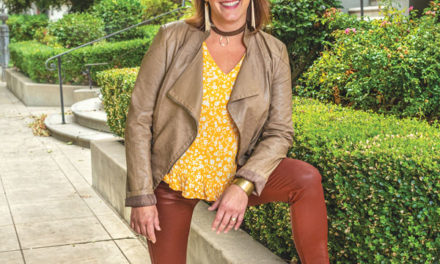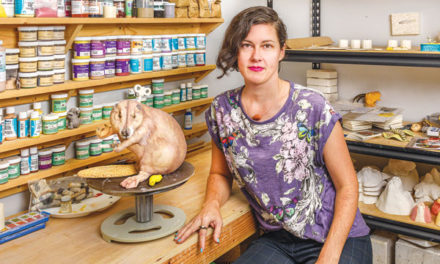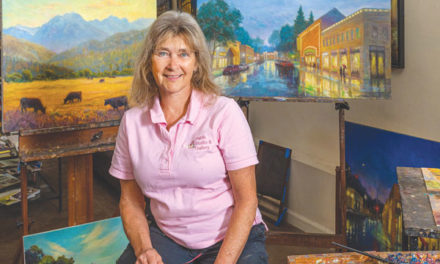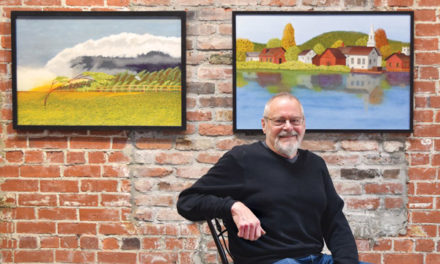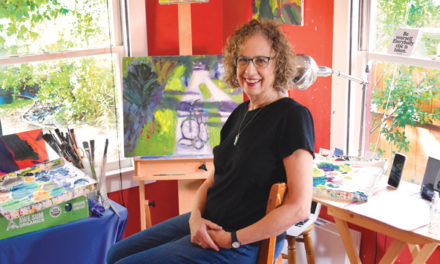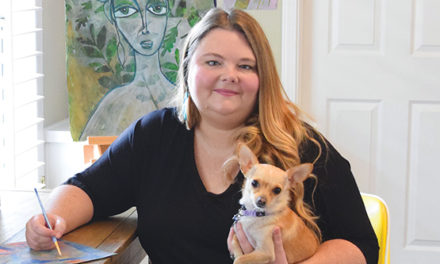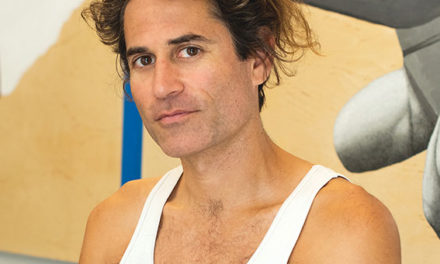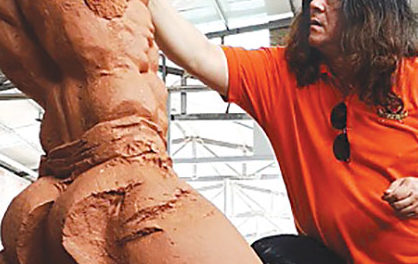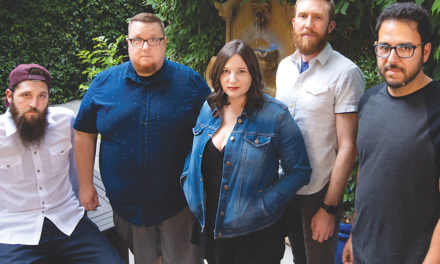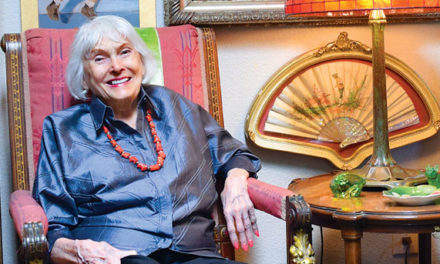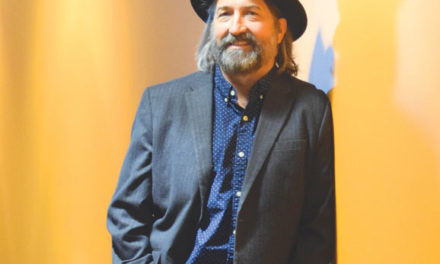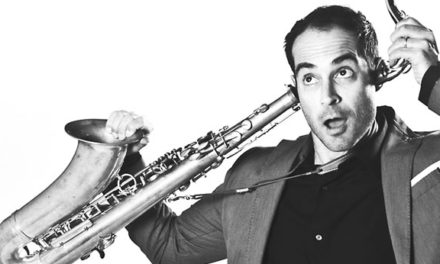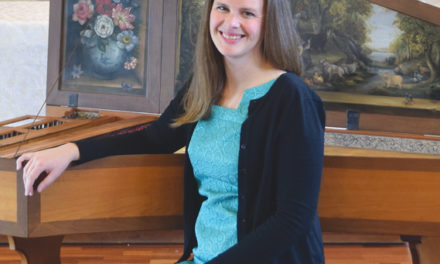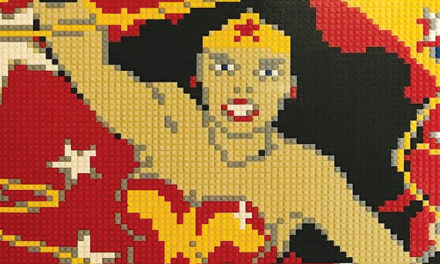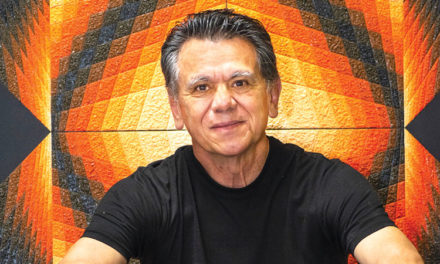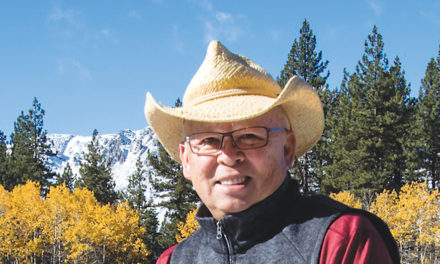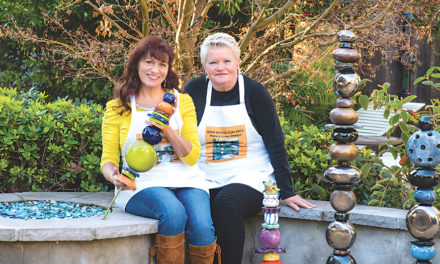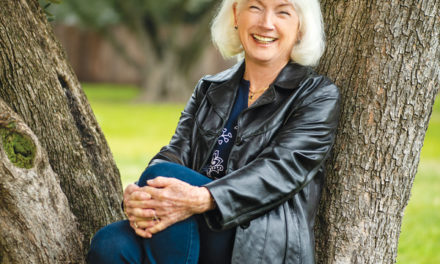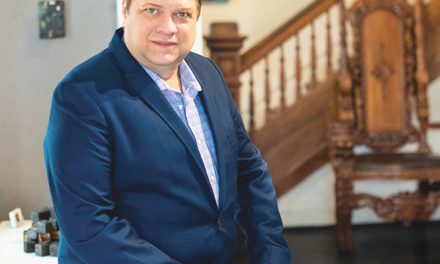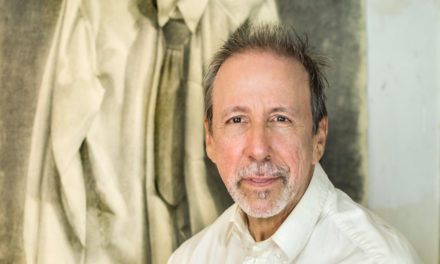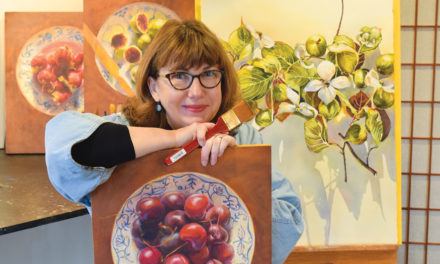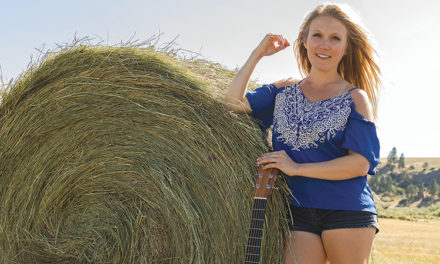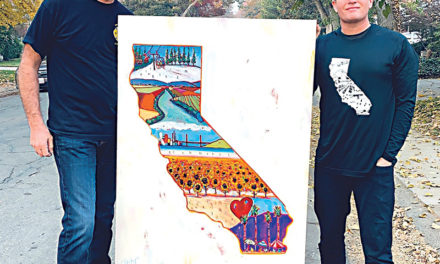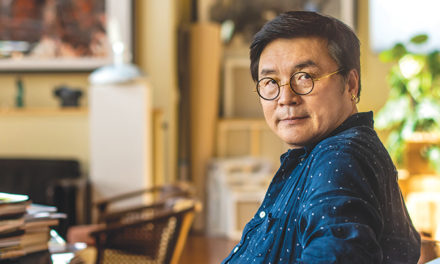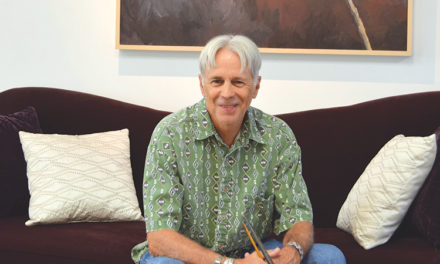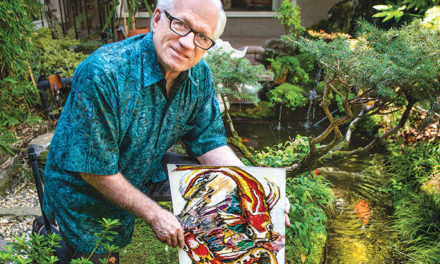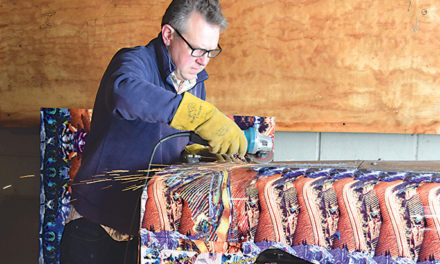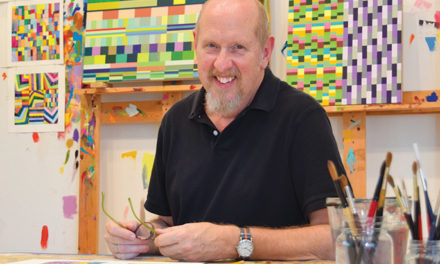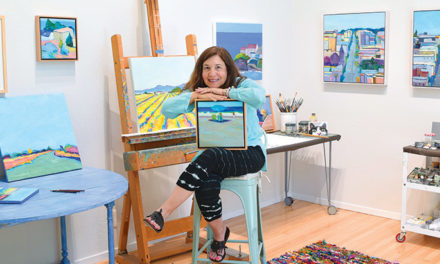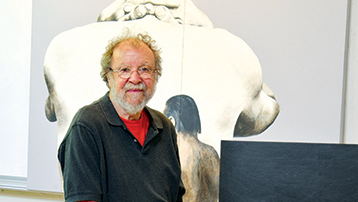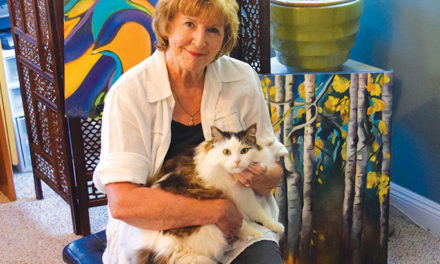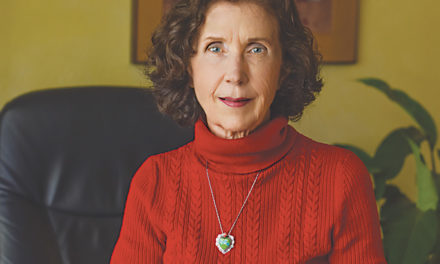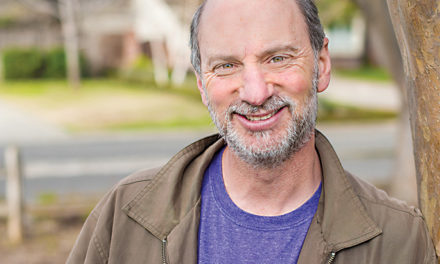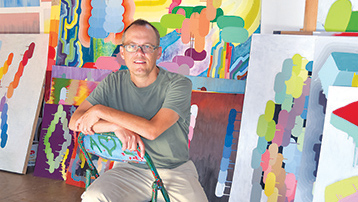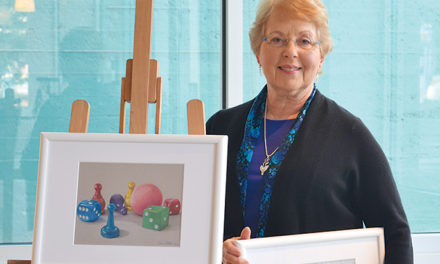Seeing is Believing
Scientist’s 3-D artwork is inspired by math, chemistry and color
By Daniel Barnes
August 2019
Despite our ability to perceive three-dimensional depth, the human eye only shows us two dimensions. However, for Henry Parada, a retired chemical scientist turned optical artist, seeing in three dimensions is second nature.
When he was studying chemistry, he had to “think in 3-D all the time,” says Parada, who works out of a basement studio in his West Sacramento home. “You need to think how the atoms and molecules are moving in order to react. For me, it’s very easy to think in 3-D.”
Despite our ability to perceive three-dimensional depth, the human eye only shows us two dimensions. However, for Henry Parada, a retired chemical scientist turned optical artist, seeing in three dimensions is second nature.
When he was studying chemistry, he had to “think in 3-D all the time,” says Parada, who works out of a basement studio in his West Sacramento home. “You need to think how the atoms and molecules are moving in order to react. For me, it’s very easy to think in 3-D.”
Parada’s unique ability to imagine in three dimensions gets reflected in his stunning paintings. He favors bold, contrasting colors and shapes, using optical illusions, tactile materials and unusual textures to give the impression of movement and depth.
Indeed, Parada produces the kind of meticulous, detail-oriented, geometry-obsessed work that could only come from a scientist. His work is inspired by geometry, color relationships, mathematical systems and chemistry.
Although Parada moved to West Sacramento eight years ago, his artistic journey began in Venezuela. Born in Maracaibo in 1951, he started painting when his boss recommended the new hire find a hobby to release stress.
“I was working in the biggest and most important place for research in Venezuela,” Parada says. “When you are working in research, you can often have no results,” which leads to depression. “For that reason, the majority of scientists have another activity.”
Over the last 45 years, Parada painstakingly filled the houses of family and friends with his eye-catching art. Mostly self-taught, he has built up an impressive body of work, although it often takes him several months to finish a single piece. “I’ve always been surrounded by his pieces,” says Mai Townsend, Parada’s daughter. “He has always been very prolific.”
A longtime art lover, Parada found inspiration in the kinetic and innovative art of fellow Venezuelans Jesús Rafael Soto and Carlos Cruz-Diez. He also revered the work of Victor Vasarely, “grandfather” of the optical art movement. Eventually, Parada’s artwork started to appear in group exhibitions, and he won several painting and photography prizes in Venezuela.
Unfortunately, the political situation in Venezuela has changed drastically in the last couple of decades. Townsend had already immigrated to America at the age of 21, and she moved her father and other family members over in 2003.
For a while, Parada kept working in chemistry, but he retired 10 years ago to focus on his art full time. In America, Parada gained access to advanced technology unavailable in Venezuela.
“At the beginning, I didn’t have the right tools, and I tried to get three-dimensional with only optical illusions,” he says. “I have moved to new technology to get a real three-dimensional effect. I am trying to do something more solid.”
His most recent artwork features immaculately sized pieces of carbon fiber, which Parada binds to the canvas to enhance the three-dimensional effect. Instead of glue, he adheres the pieces by employing a gel generally used for mixing paints.
“He uses his chemist’s knowledge to maximize the effect on how to bond them together, and not to have as many issues with the wood and the paint,” Townsend says. “I think he is always evolving, trying to get more studies, trying to figure out what materials work best to create the full 3-D effect.”
Always concerned with quality control, Parada even makes his own canvases. “I make everything except for the carbon fiber,” he says. “I try to do everything perfect.”
Parada begins his artistic process by creating smaller works that he calls “prototypes,” then scales up for the final product. “When I have an idea, I try to start with small pieces because I don’t want to spend my time on something that will not work,” he says. “Later, when I have everything nice, I do big work.” He usually gives away the smaller versions as gifts.
Since moving to West Sacramento, Parada’s art has been displayed in a handful of exhibitions and events. He received a show at Gallery 1075 in West Sacramento in 2017, and contributed pieces to the Verge Center of the Arts annual auction. Parada also participated in the “Red Umbrellas” open-air art exhibit in San Francisco.
“It’s my life,” he says. “I try to do the best.”
View Henry Parada’s artwork at henryparada.net.
Daniel Barnes can be reached at danielebarnes@hotmail.com. Follow us on Facebook, Twitter and Instagram: @insidesacramento.




